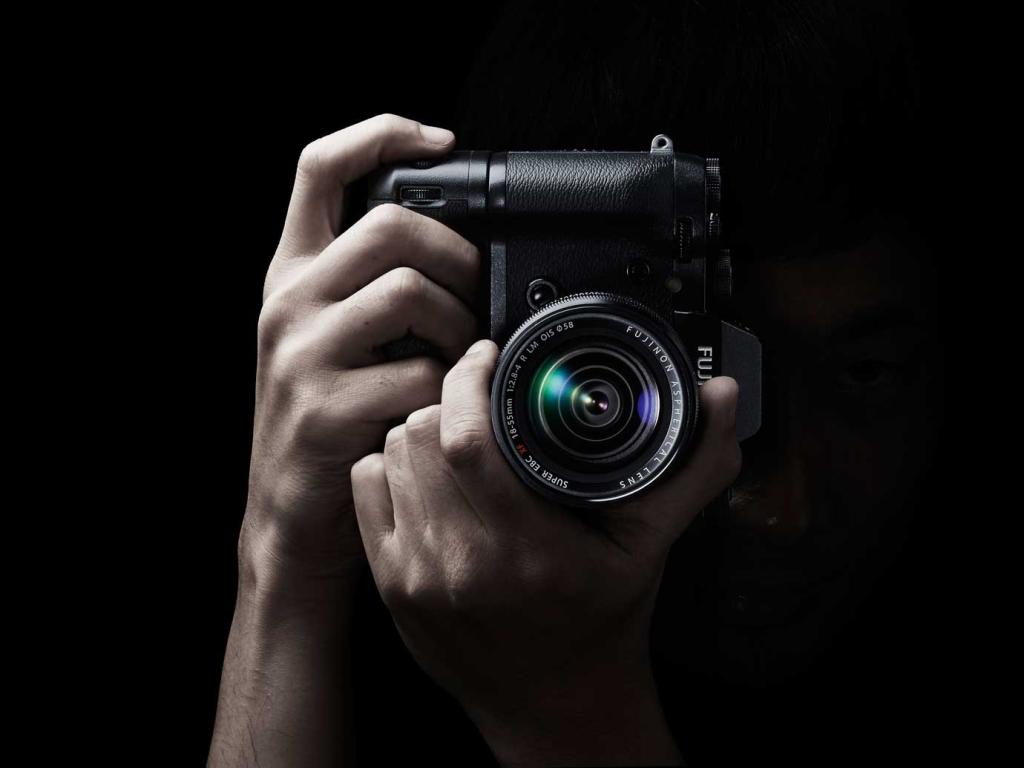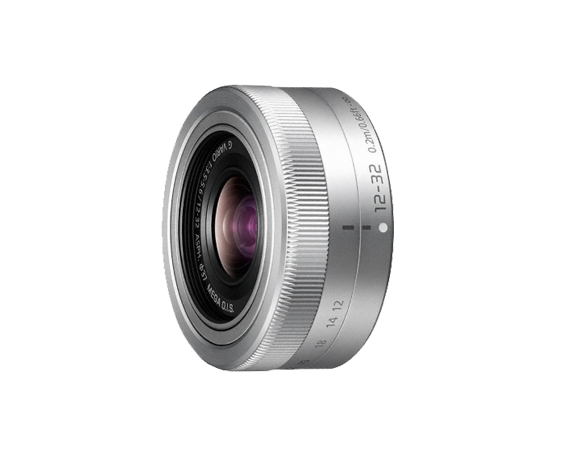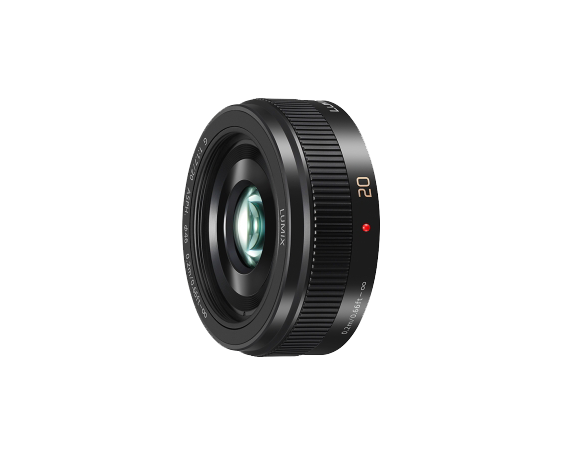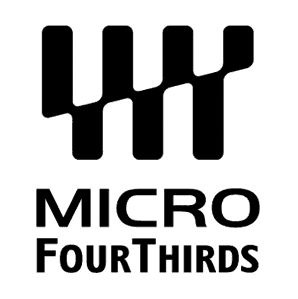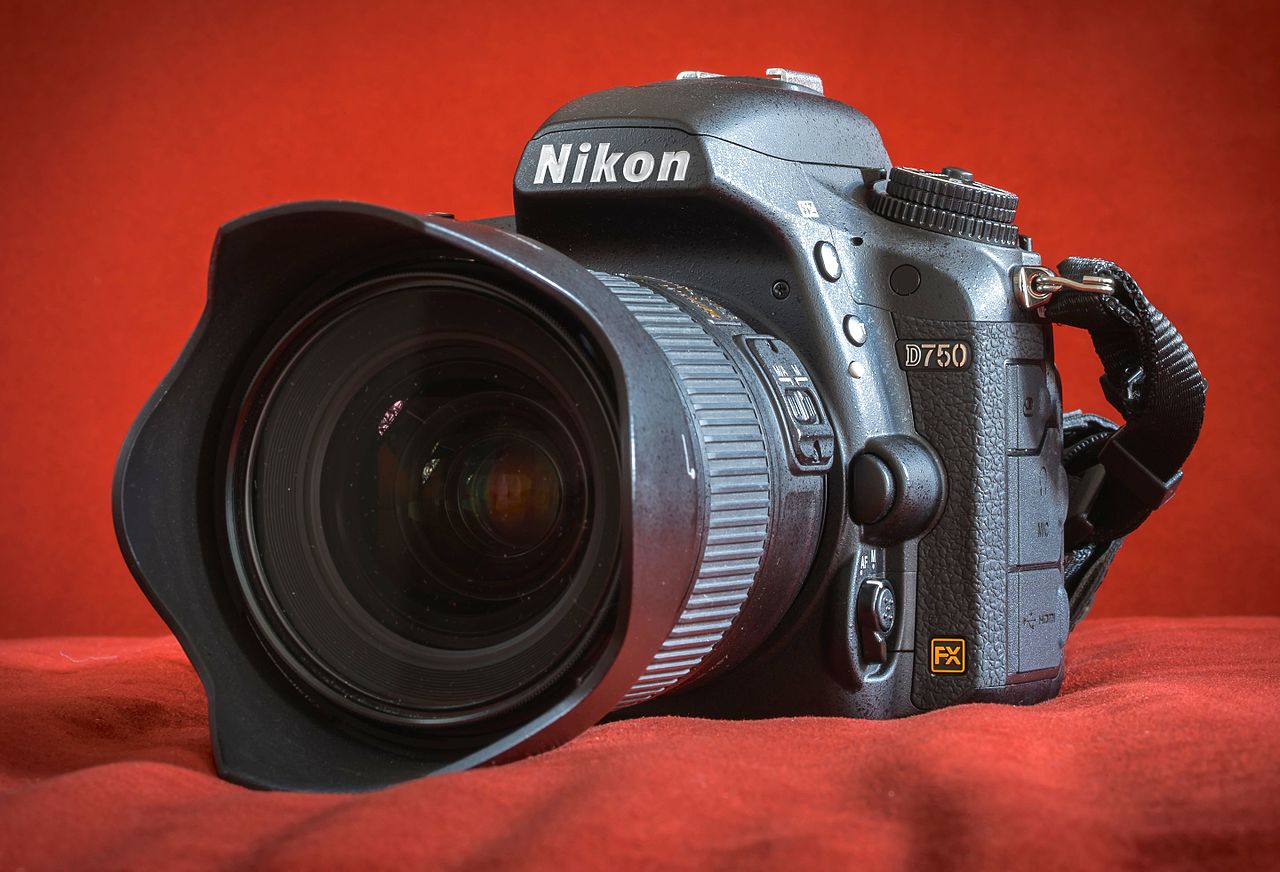Leica sounds like old fashioned analog camera. Right. But Leica is also high-end full frame rangefinder digital camera for professionals and my use-case (2) semi-pro. Leica’s old M system made it to the digital world. With it’s current Leica M and Leica M-P the old value of manual cameras and the advantage of digital cameras merge very nicely.

Leica is famous for its lenses and photographers. For me Leica was always linked to the French photographer Henri Cartier-Bresson and of course real German engineering and manufacturing quality.

Be aware, that Leica is very different from any other camera:
- Manual focus: combining the rangefinder and the viewfinder into one large, bright view with a brighter double image in the center;
- Only aperture priority: set the shutter speed automatically, or fully manual expose;
- Really, really expensive: Leica M with only one lens is more than €7’000.
If price is an issue stop reading. A full Leica M equipment is the equivalent to a small car:
| Leica shopping list |
Price |
| Leica M 240 |
6.520 € |
| SUMMICRON-M 50mm f/2 |
1.990 € |
| SUMMILUX-M 35mm f/1.4 ASPH |
4.645 € |
| 90mm f/2 APO ASPH |
3.520 € |
| SUMMILUX-M 21mm f/1.4 ASPH |
6.590 € |
| UV-Filters 4x |
400 € |
| Multifunctional Handgrip M |
750 € |
| Artisan & Artist for Leica Bag |
269 € |
| SF 58 Flash |
300 € |
| Visoflex EVF2 Electronic Viewfinder |
400 € |
| TOTAL |
25.384 € |
So, no price discussion beyond this point here.
Today, I played around with a Leica M including the Handgrip and the Summicron-M 1:2 35mm ASPH lens. This is a real camera. The manual focus requires some practice but runs quite smooth and naturally. Changing aperture is easy and not hindering at all. Even full manual mode is nicely supported with indicators in the viewfinder.
I have mixed feelings about the electronic viewfinder you can put on top. You can turn it up by 90° and therefore offers a lot of flexibility. But the picture is not really crisp and the mechanical feeling is not Leica-like – because it is build by Olympus 😉
I was a little bit disappointed by the sharpness of the test pictures. I printed fotohits test pictures of a Leica M with Summarit-M 35mm 1.2 and a Nikon F810 with Nikkor 24-70 2.8 G ED on 20x30cm² prints and compared them. Believe it or not: the Nikon is sharper even though this is a zoom lens! Looking very closely to the pictures I believe the test rather compare the JPEG algorithm quality and maybe less the optical. Leica JPEG shows many JPEG artifacts.
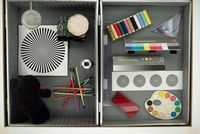 Leica vs Nikon
Leica vs Nikon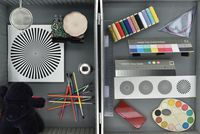
Anyhow. I will buy a Leica M, once I don’t know how to spend my money. Some products just have to be very expensive – like a Ferrari – otherwise they will never become a far dream or wish. Feeding five people and paying mortgage as of today leaves enough time to wait for the right time: Leica! Like it, later.

